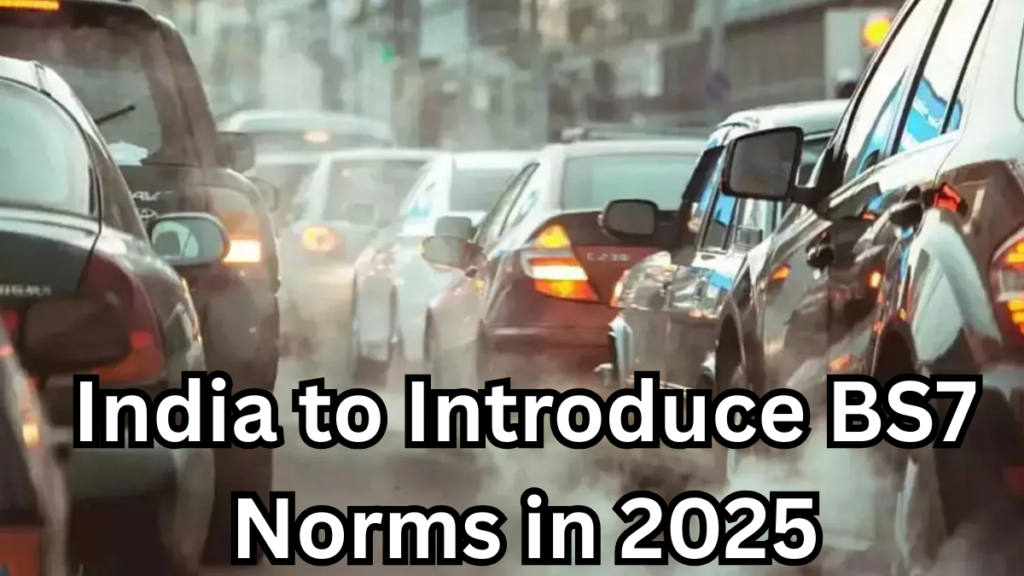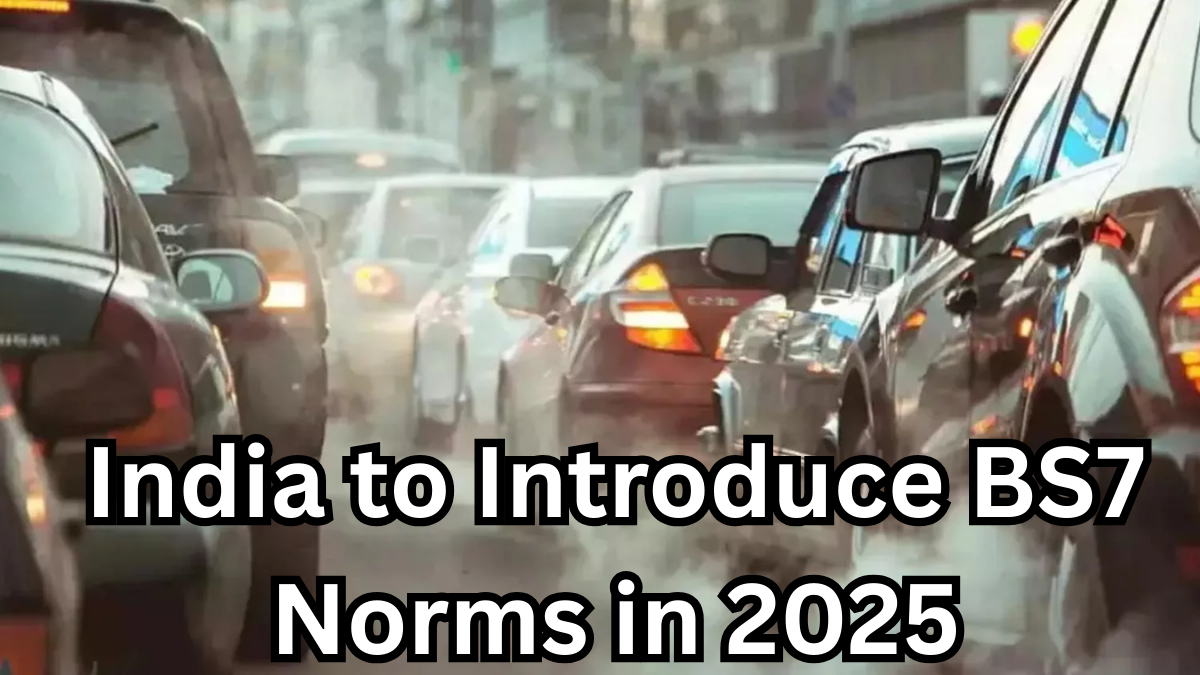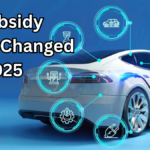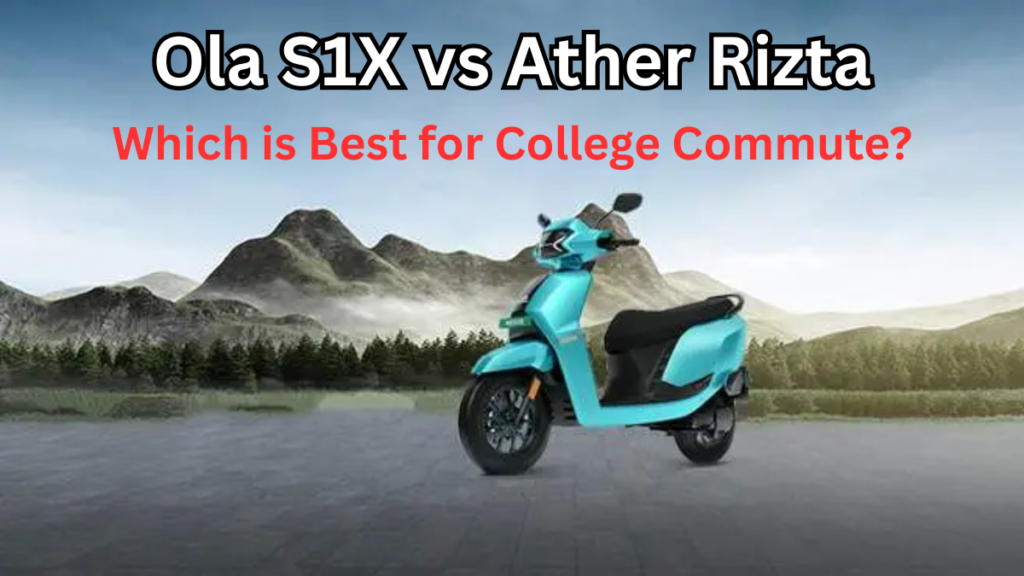India is gearing up for a major shift in its automotive and environmental policies. Starting April 2025, the government plans to enforce the BS7 Emission Norms, a new set of stricter pollution standards designed to reduce harmful vehicle emissions and align India with global environmental targets.
If you’re a car owner or planning to buy a new vehicle soon, here’s a detailed breakdown of what these upcoming norms could mean for you.

Table of Contents
What Are BS7 Emission Norms?

BS7, short for Bharat Stage 7, is the next level in India’s emission regulation series. It builds upon the current BS6 Phase 2 standards and moves closer to international benchmarks such as Euro 7.
The main goal of BS7 is to cut down on the release of pollutants such as:
-
Nitrogen Oxides (NOx)
-
Particulate Matter (PM)
-
Carbon Monoxide (CO)
-
Hydrocarbons (HC)
These harmful pollutants are a major contributor to poor air quality in Indian cities. Tighter pollution standards like BS7 are crucial for reducing health risks and environmental damage.
Why the Shift to BS7 Norms?
India faces one of the world’s worst air pollution crises, particularly in its urban centers. Implementing BS7 Emission Norms is a proactive measure to address this challenge.
Key Objectives Behind BS7:
-
Reduce vehicle-related air pollution
-
Align India’s standards with global norms
-
Push automakers toward greener technologies
-
Promote environmental sustainability
BS7 vs BS6: What’s Changing?
To help you understand the upgrade, here’s a side-by-side comparison of BS6 vs BS7 norms:
Feature |
BS6 Norms |
BS7 Norms (Expected) |
|---|---|---|
NOx Emission (Petrol) |
~60 mg/km |
~30 mg/km |
PM Emission (Diesel) |
~4.5 mg/km |
~2.5 mg/km |
Real-World Driving Emission |
Introduced in Phase 2 |
Stricter testing, broader scope |
Onboard Monitoring |
Basic OBD-II systems |
Advanced real-time tracking |
Focus |
Compliance with lab tests |
Real-time, on-road performance |
What Does This Mean for Car Buyers?
If you’re considering buying a vehicle in the near future, these upcoming changes could influence your decision.
Benefits of BS7-Compliant Vehicles:
-
Lower environmental impact
-
Advanced onboard diagnostics
-
Possibly higher resale value in the future
Challenges You Might Face:
-
Higher purchase price due to tech upgrades
-
Increased maintenance complexity
-
Limited stock of BS6 models after the shift
Impact on the Automobile Industry
The introduction of BS7 will significantly affect car manufacturers and the overall auto industry in India.
Likely Impacts:
-
Increased investment in R&D for emission control technologies
-
Higher manufacturing costs, especially for diesel vehicles
-
Growth in hybrid and electric vehicle alternatives
-
Greater focus on exporting globally compliant vehicles
When Will BS7 Be Implemented?
The BS7 Emission Norms are expected to come into effect from April 2025. This gives automakers roughly a year to prepare for the transition. However, implementation timelines could vary slightly depending on sector readiness and government directives.
FAQs About BS7 Emission Norms
1. What are BS7 norms and how do they differ from BS6?
BS7 norms are a more advanced version of India’s pollution standards. While BS6 focused on lab-tested emissions, BS7 aims to capture real-world vehicle emission data, making it more reflective of everyday driving conditions.
2. Will BS7-compliant vehicles cost more?
Yes, BS7-compliant vehicles are likely to cost more due to the inclusion of enhanced emission control systems and real-time onboard diagnostics. These upgrades ensure compliance with the new pollution norms.
3. Will I still be allowed to drive my BS6 vehicle after 2025?
Absolutely. BS6 vehicles will remain road-legal. However, manufacturers will stop producing them once BS7 norms are officially in place, which could affect resale value in the long term.
4. Will BS7 vehicles be less fuel-efficient?
There may be a minor dip in fuel efficiency due to the added emission control equipment, but advances in engine technology could offset this difference.
Final Thoughts
The rollout of BS7 Emission Norms is a step in the right direction toward cleaner air and sustainable living. While it may lead to slightly higher vehicle costs, the benefits—like better air quality, improved health outcomes, and environmentally responsible transportation—far outweigh the downsides.
For consumers and automakers alike, staying informed about these upcoming pollution standards is the key to adapting smoothly. If you’re planning a vehicle purchase in 2024 or early 2025, make sure to consider how these new regulations might impact your choice.
Click here to learn more









